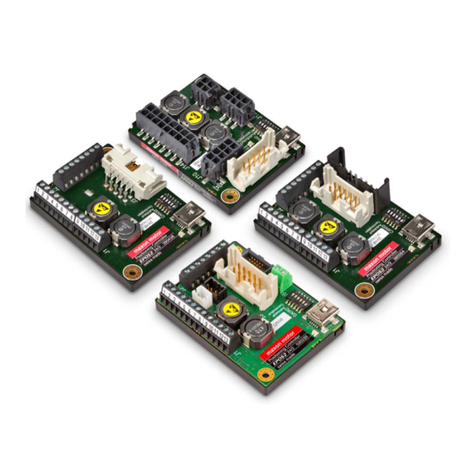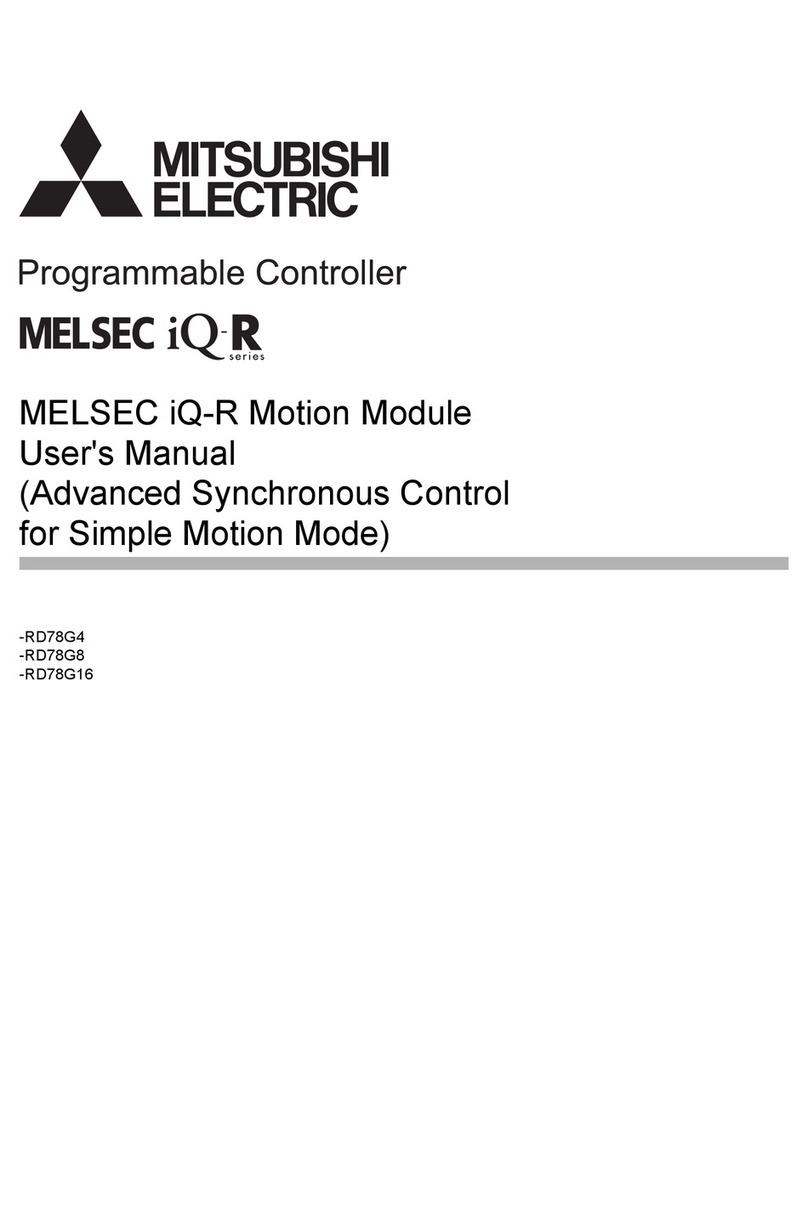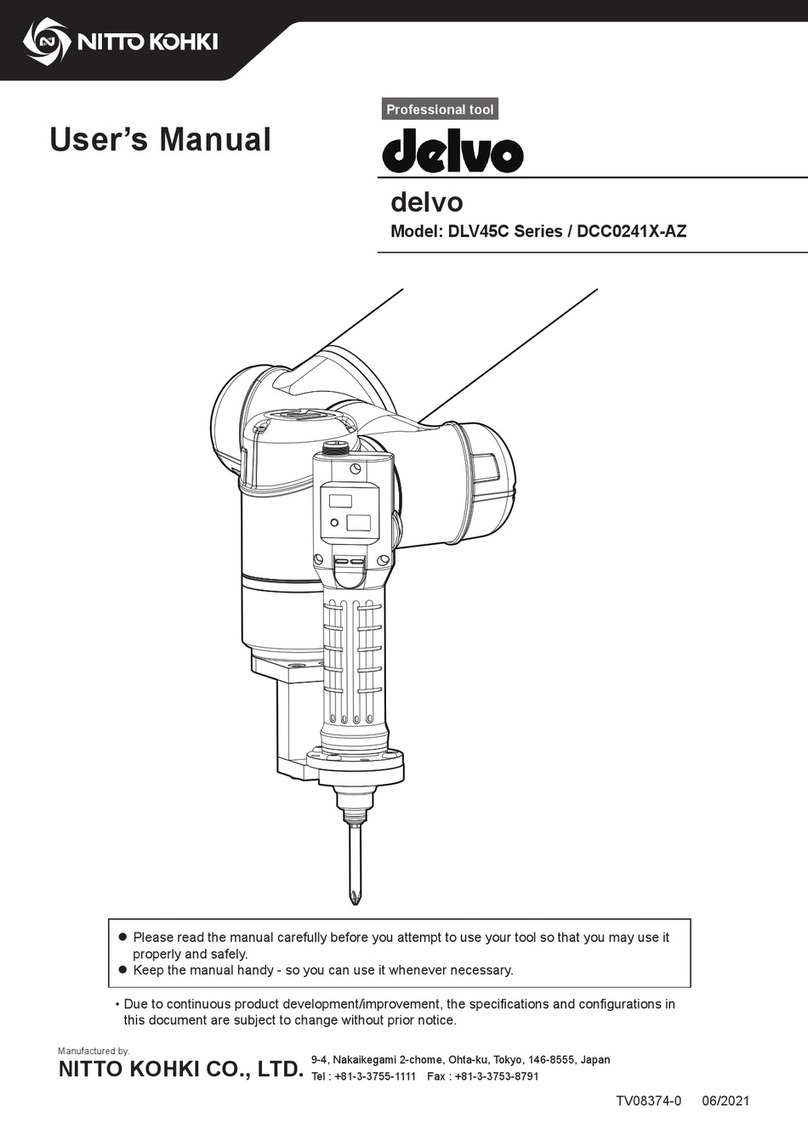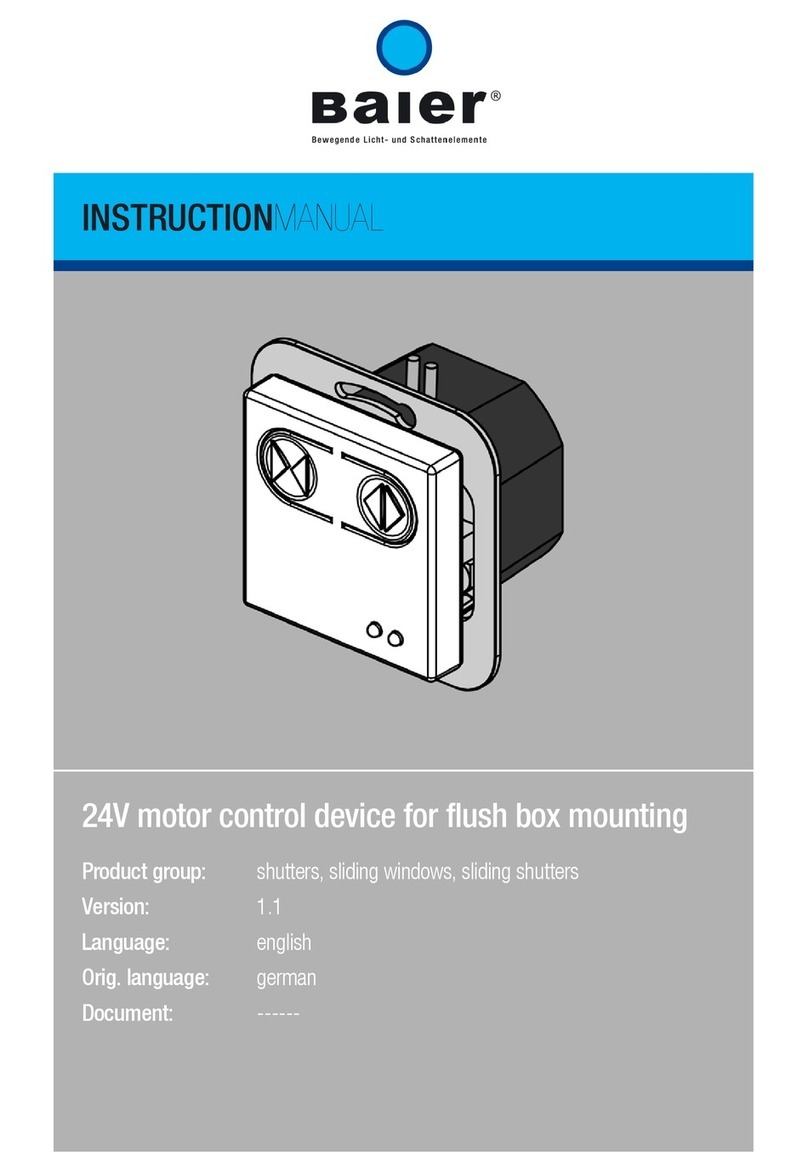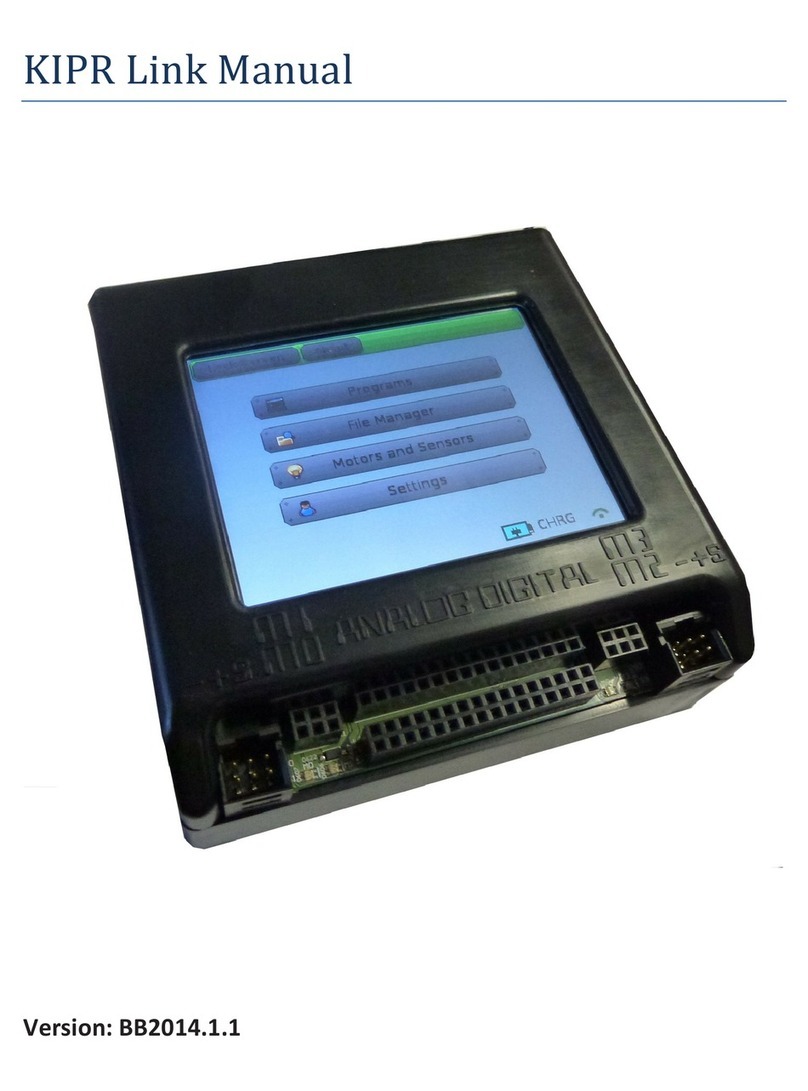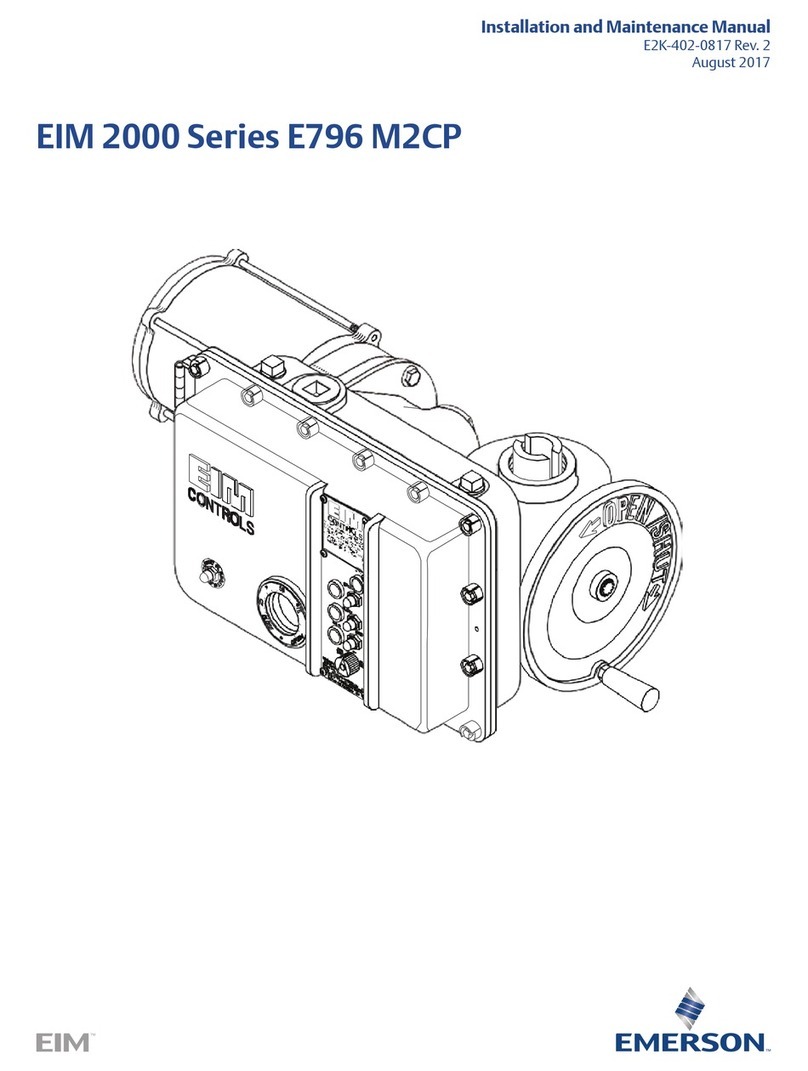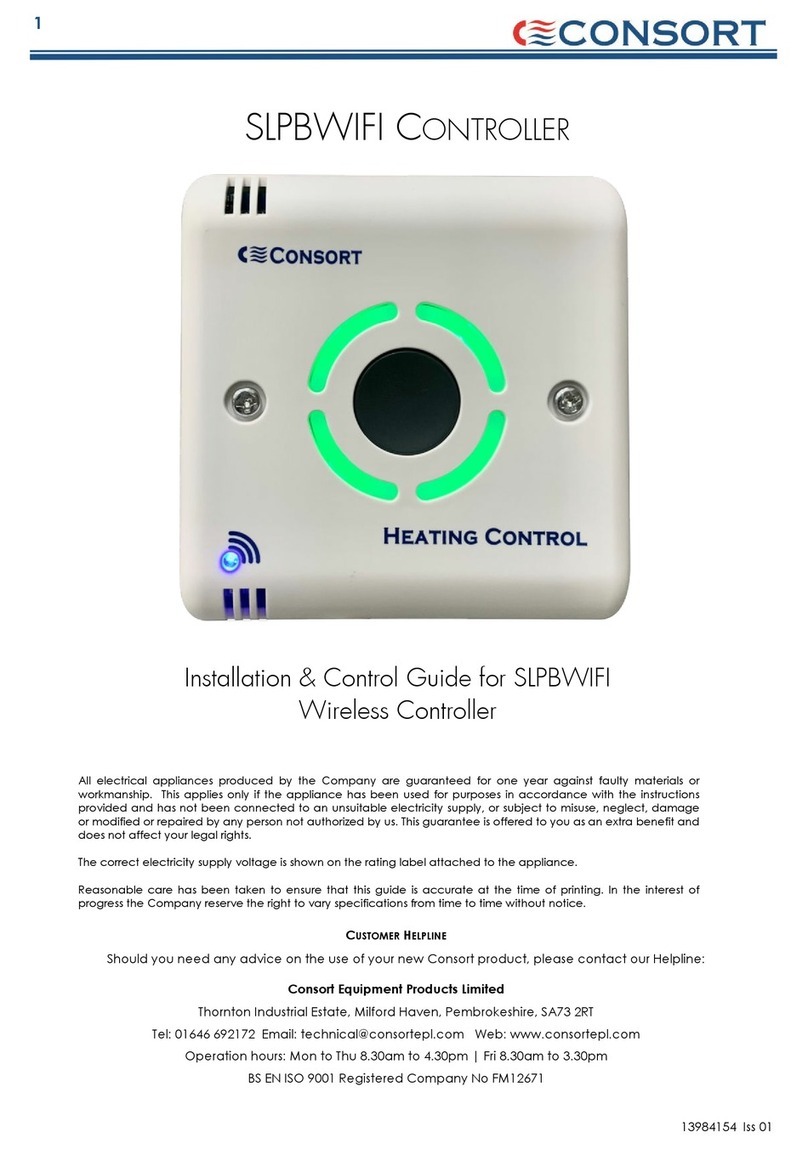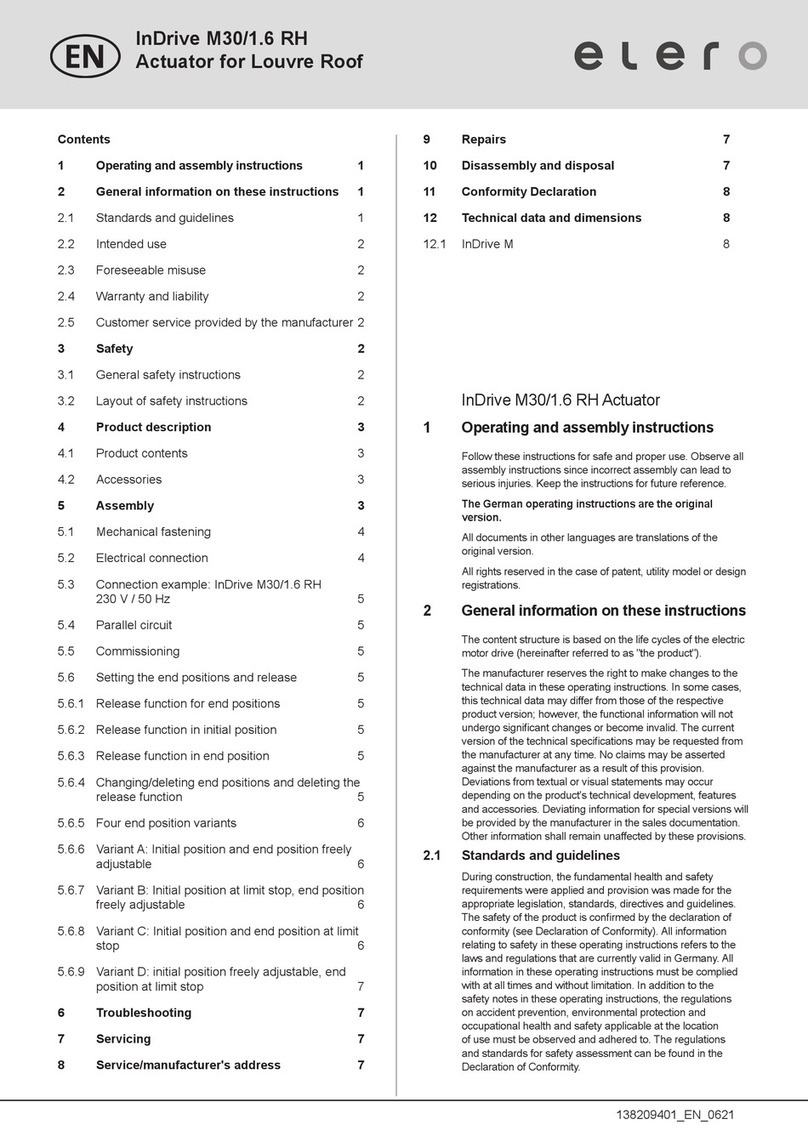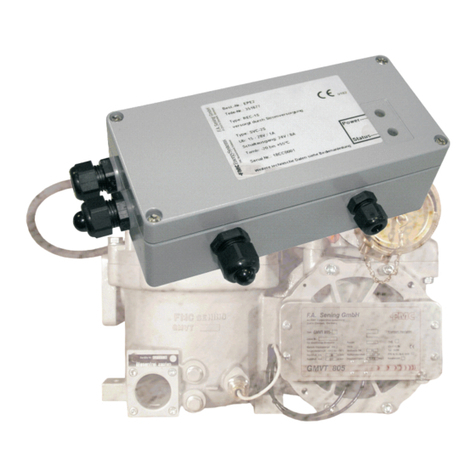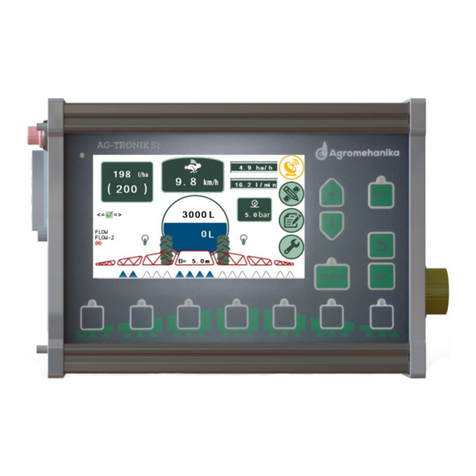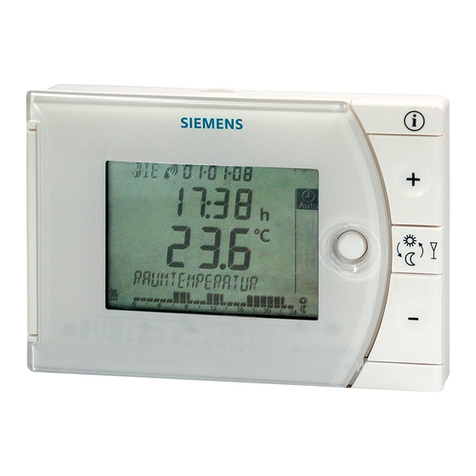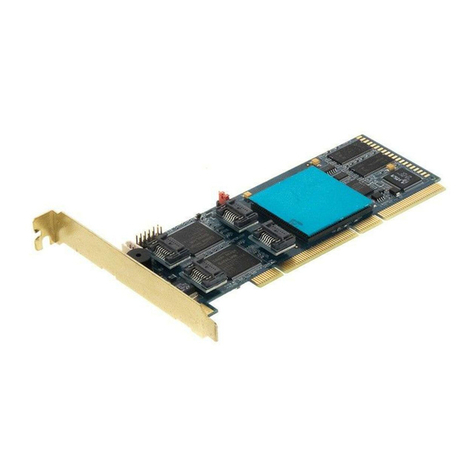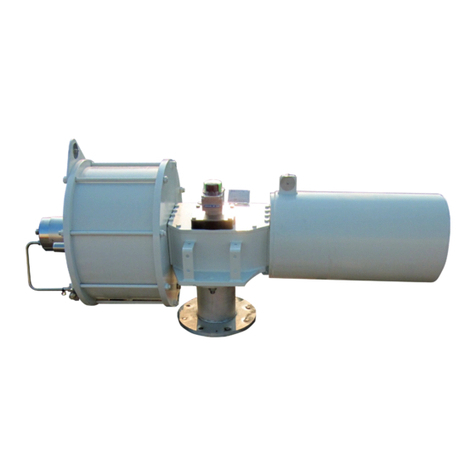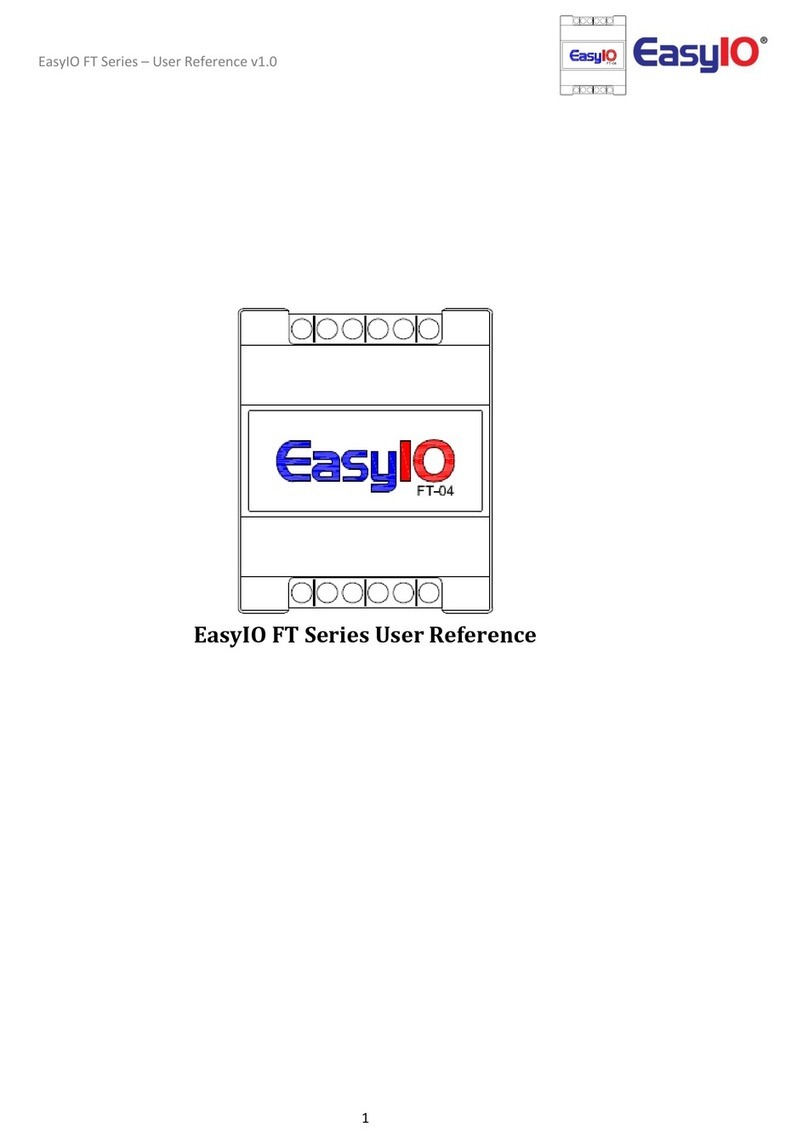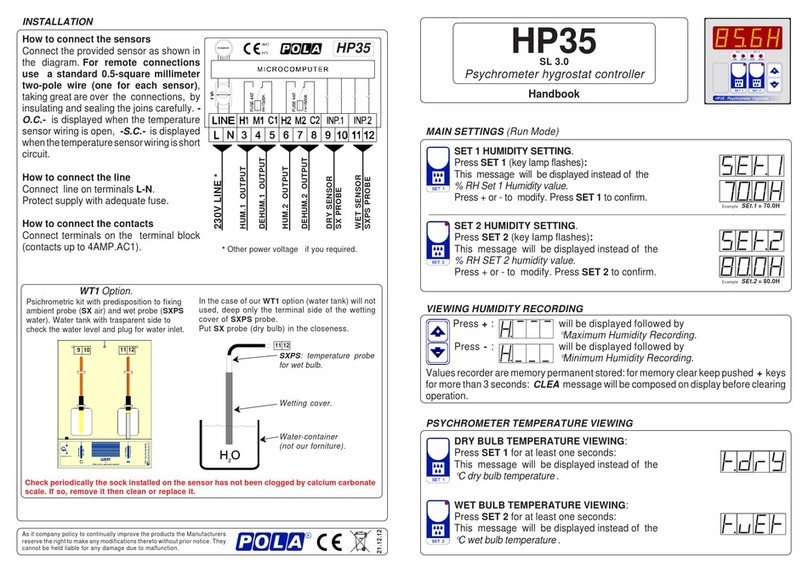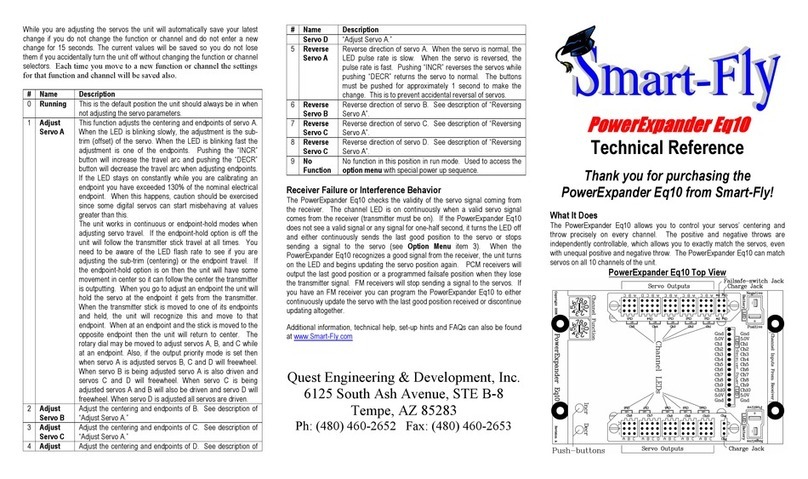
Mounting
The SuperReg is mounted using the grommet and eyelets. Standard
servo screws that you would use to mount a high-torque servo work
well for this application.
Battery Charge Ports
The SuperReg has a charge port for each battery. You can run these
to external charge jacks. One caveat is that you cannot charge both
batteries at the same time through the two charge jacks, or if you
use mechanical switches, through their charge jacks either. The
reason for this is the way chargers detect the charge current. t is
detected on the negative lead which leads to a condition called
“common ground condition”. This means the two chargers cannot
determine what charge current is their charge current and can
result in charger damage or battery fires. This condition is not
caused by the SuperReg but by the fact that the ground of both
batteries end up in a common connection. This condition is
present if you used two mechanical switches into a common
receiver.
Regulator Specifications
nput Voltage Range: 5.8V to 8.5V Max
Output Voltage Range: 5.4V to 7.4V
Wattage Dissipation: 20W Continuous
Drop-out Voltage: 0.4V
BatShare on battery inputs to protect against lost cell or
shorted battery pack and to keep both batteries at equal
voltage during use when both battery packs are good.
dditional information, technical help, set-up hints and F Qs can also be
found at www.Smart-Fly.com
Quest Engineering & Development, Inc.
6125 South sh venue, Suite B-8
Tempe, Z 85283
Ph: (480) 460-2652 Fax: (480) 460-2653
S
Su
up
pe
er
rR
Re
eg
g
User Guide
Thank you for purchasing the Smart-Fly SuperReg!
This manual takes you through the operation and installation of
the Smart-Fly SuperReg regulator. The SuperReg provides the
user with battery redundancy, failsafe operation with remote
on/off switch and an adjustable regulator. Its dual battery inputs
have isolation between the batteries so, in case of a catastrophic
failure of one battery, the other can continue to supply power to
the aircraft. The SuperReg’s input and output power connectors
are XT-60s to handle the high current the SuperReg is capable of
handling and long-term reliability. The SuperReg’s output
voltage is continuously adjustable from 5.4 volts to 7.4 volts
(factory set to its lowest value) and can supply 7.5 amps
continuous current when the input voltage is 8.4 volts and the
regulator is set to an output voltage of 6.0 volts.
Consideration: When the failsafe switch is used to turn the
regulator on and off the regulator will draw a slight amount
of current (approximately 10mAH a day, usually much less)
even when in the off position. f you are going to let the
aircraft sit for an extended period you should unplug the
batteries from the SuperReg. f you have a 2200mAH battery
and you return home with ½ the charge left, the battery can
stay connected for at least 110 days without discharging the
battery to its maximum discharge point.
